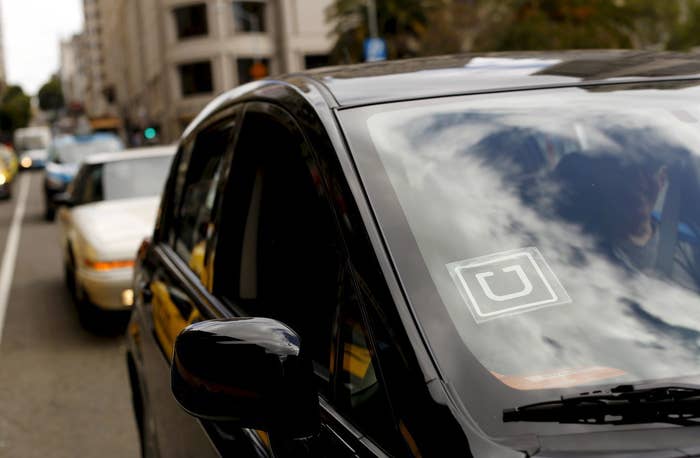
A California federal judged ruled against Uber's motion to dismiss two sexual harassment suits on the grounds that Uber's drivers are contractors, not employees.
The two cases — Jane Doe 1, who alleges she was assaulted in February 2015 in Boston by a driver before escaping, and Jane Doe 2, who alleges that in August 2015 an Uber driver raped her after straying from her route home — will proceed allowing the women to pursue damages for claims for fraud, assault, battery, false imprisonment, and intentional infliction of emotional distress. Jane Doe 1's claim for negligent hiring, supervision, and retention of her driver was dismissed by the judge without prejudice. All claims for Jane Doe 2 will continue, despite objections from Uber that the driver may have been off the app when he sexually assaulted her.
The judge's ruling comes on the heels of a recent $100 million settlement for lawsuits covering drivers in California and Massachusetts who demanded to be considered employees and not contractors. Though the settlement will force Uber to cede some control of its drivers, the company has stated it will ultimately keep treating its drivers as contractors. The company has also struggled in recent months with reports that call into question the safety of its female riders and drivers. In March, BuzzFeed News published screenshots from Uber’s Zendesk-based customer support system showing thousands of tickets containing the word “rape.”
The report led to Uber’s revelation that the company received five claims of rape and 170 claims of sexual assault directly related to an Uber ride as inbound tickets to its customer service database between December 2012 and August 2015. Last month, a competing ride-hail service for women called Chariot for Women, launched in Boston largely responding to concerns that the on-demand transit apps can be dangerous for female riders due to insufficient rigor when it comes to the company's background checks (Uber, for example, has resisted fingerprinting its drivers on the grounds that it would be hurtful to minority drivers).
One such concern — the reliability of the company's driver background checks — is addressed explicitly in the suits. While one of the negligent hiring, supervision, and retention claims against one of the drivers was dismissed (in the case of Jane Doe 1) on the ground of background checks, the judge ruled that in the case of Jane Doe 2, "plaintiffs have sufficiently alleged that Uber should have known about Aiello’s criminal history such that Uber may be liable for negligent hiring, supervision and retention."
While the ruling on the motion to dismiss bears no judgement on the eventual outcome of the case, the lawyers for the plaintiffs — Jeanne M. Christensen and Elizabeth Chen of Wigdor, LLP — told BuzzFeed News that the judge's decision may lead to more women coming forward with similar suits against the ride-hail giant.
"I think it'll be more difficult for Uber to intimidate people into not filing something now," Christensen said. "I would hope now that when claims are brought to lawyers they'll head to the internet and see this decision and feel more confident bringing a lawsuit."
Christensen also suggested that the ruling adds pressure on the contentious classification of drivers. "It's one more judge independently agreeing that at least as far as it appears, Uber is treating these drivers more like employees than like independent contractors," she said. "And based on way Uber controls their drivers, they can't say as a matter of law that they're not employees,."
Uber spokesperson Matt Kallman declined to comment on the record as the case is still an ongoing legal matter.
The cases will now move toward the discovery phase, where Uber will now have the ability to dispute the allegations of the plaintiffs.
You can read the ruling in its entirety here.
